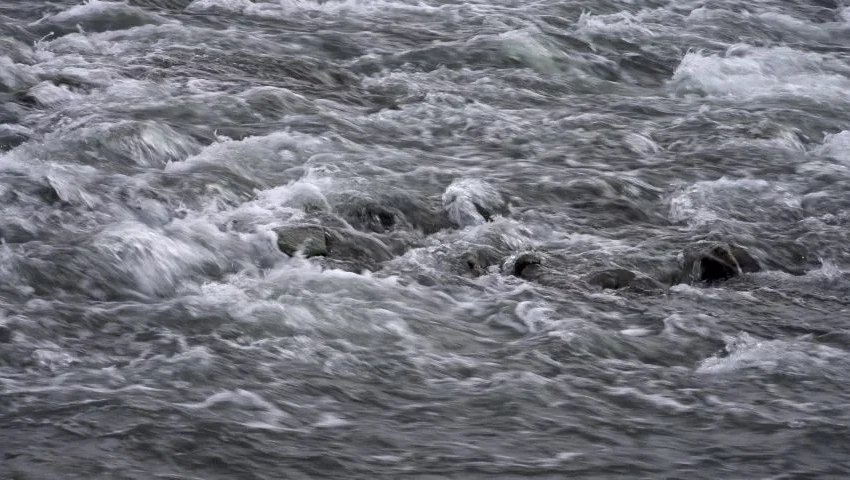
Being guided by this strongly empirical stance, psychologists, sociologists and anthropologists of the mid-20th Century generated large amounts of data on behalf of the identification and classification of many complex phenomena. Aided by the early use of high-powered computers, a large number of empirical studies were conducted to address such elusive phenomena as mental disorders (the Minnesota Multiphasic Personality Inventory: MMPI) and personality traits (Cattell’s Illinois-based 16 Factor studies). Unlike that found in the halls of Harvard, speculation was discouraged in these Mid-West universities. “Pompous” theorizing was set aside, while attention was devoted that that which can be assigned a number and can be verified at a 95% degree of confidence. Behavioral observations were king (if they could be measured). Individual case studies and personal narratives were left to the novelist and poet.
Nomothetic Facts have profoundly influenced the way in which we think about and catalog mental disorders. The MMPI is still widely used in mental health facilities. Quantitative facts have been less frequently used to describe personalities. Over the past forty years, the study of individual lives (such as those conducted by Erik Erikson, Robert Coles’ colleague at Harvard University) has had a much greater impact than factor analyses on the way in which we think about personality and human development over a lifetime—though a factor-analytic based model often called “O.C.E.A. N.” has gained considerable traction in recent years. Facts about one person as they change over a lifetime gain our attention—whether these Facts are presented in a fictionalized novel or in a psychobiography. As D’Agata asserts, we might “not be doing our job” if we opt out for means, variances and correlations, rather than quotations, stories and portrayals.
There is another important perspective to keep in mind regarding nomothetic and ideographic analyses –especially when seeking to make predictions in the midst of VUCA-Plus Ambiguity. In most instances, large scale measurements (nomothetic) lead us to higher levels of accuracy and lower levels of Ambiguity than do more intimate measurement (ideographic). We can predict with some certainty the number of people on a specific day who will select Cheerios for their breakfast meal. However, we can say very little about the probability that Susan Thomas living in Little Rock Arkansas will choose Cheerios today. Considerable Ambiguity is to be found in rendering a portrait of one person’s behavior (proximal perspective). Predictions regarding choices that this person will make today yields even greater Ambiguity—and Uncertainty. It is only from a distance (distal perspective) that our world sometimes seems understandable and somewhat predictable.
From Turbulence to Learning
Life on the white-water river can be both enthralling and terrifying. As Peter Vaill has noted, a turbulent environment is filled with surprises, novel problems, and messes (ill-structured issues) (Vaill, 1996, pp. 10-12). Costly and annoying problems emerge and often recurrence (Vaill, 1996, pp.12-14). Put simply, confusion abounds (Vaill (1996, p. 178):
“Another word for permanent white water is confusion–the problem of what to believe; whom to trust; what events, technologies, groups and organizations, and laws and traditions can serve as anchors of meaning. In the modem world, meaninglessness derives not only from an absence of sources of meaning but, ironically, also from a surfeit, a cacophony of competing meanings as offered by this or that guru, this or that “total system,” this or that self-improvement program. The incredible variety of competing sources of potential meaning acts back on our consciousness, adding to the confusion we feel. We often hear criticism that people tend to go from one “solution” to another, to jump from bandwagon to bandwagon without ever touching solid ground.”
Download Article














